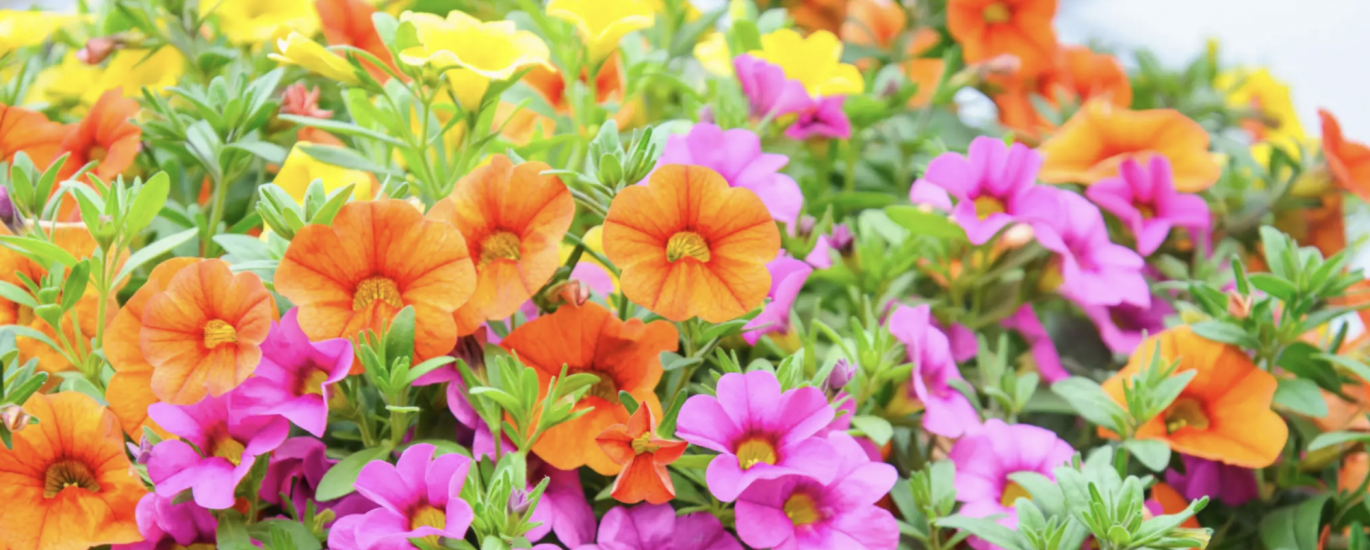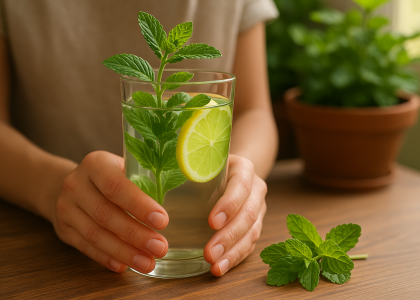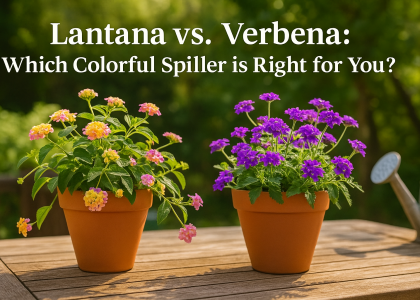A beginner’s guide to growing petunias with ease, purpose, and a touch of emotional beauty.
“A single bloom can soften a day — and petunias bloom by the thousands.”
What Is Petunia?
Botanical Name: Petunia spp.
Common Name: Petunia
Plant Type: Tender perennial often grown as annual
USDA Hardiness Zones: 9–11 (grown as annual elsewhere)
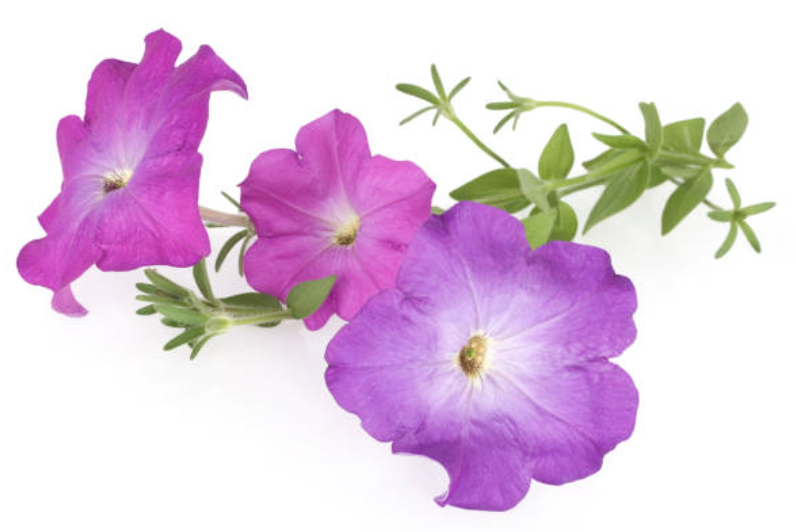
Why Choose Petunia for Your Garden?
- Long-lasting color: Petunias bloom from late spring to fall
- Sun-loving and drought-tolerant
- Perfect for hanging baskets, balcony boxes, or ground cover
- Supports pollinators like hummingbirds and butterflies
- Colors that calm, uplift, or energize — depending on your soul’s season
Petunias are not just plants — they are a mood, a moment, a soft gesture in bloom.

Popular Types of Petunias (For All Garden Sizes)
| Variety Type | Best For | Features |
| Grandiflora | Hanging baskets, containers | Large, ruffled blooms in vibrant shades |
| Multiflora | Mass planting, borders | Smaller flowers but more prolific |
| Wave Series | Spilling from boxes, ground cover | Self-cleaning, vigorous spreaders |
| Supertunia | Pollinator gardens, mixed pots | Hybrid, rain-tolerant, great branching |
Pro Tip: Mix wave types with upright herbs or trailing lavender for a vibrant healing container garden.
Light, Soil & Watering Needs
- Sunlight: Full sun (6+ hours daily) is essential for maximum bloom
- Soil: Well-draining, rich in organic matter
- Watering: Allow topsoil to dry slightly between waterings; reduce in cooler weather
- Fertilizer: Use a balanced liquid feed every 10–14 days during peak bloom
Sustainability & Emotional Wellness
- Petunias improve outdoor air quality by trapping dust and particulates
- When paired with native herbs or lavender, they support beneficial insects
- Their wide color range contributes to color therapy gardening — a mindful practice
- Easy to grow = low stress + high reward for urban gardeners
Inhale the fragrance. Touch the velvet petals. Let their softness soften your mind.
Beginner-Friendly Growing Tips
- Start with nursery transplants in early spring after frost
- Pinch back early growth to encourage branching
- Remove spent blooms weekly for nonstop flowers
- Use coco-lined hanging baskets for breathable root systems
- Group petunias near scented herbs or calming flowers like chamomile or thyme
Healing Garden Use Ideas
- Balcony therapy: Pair pink and lavender petunias with trailing lemon balm
- Color-coded mood box: Reds for energy, blues for calm, purples for creativity
- Hanging joy globe: Mixed-color petunias + scented geranium in a high basket
Frequently Asked Questions
Q: Do petunias need full sun?
A: Yes. At least 6 hours of direct sunlight per day is essential for optimal blooming.
Q: What is the best petunia for hanging baskets?
A: Wave and Supertunia series are popular choices due to their trailing growth and self-cleaning blooms.
Q: How do I keep petunias blooming all summer?
A: Regular deadheading, weekly fertilization, and full sun exposure will help maintain continuous bloom.
SEO Tip: Common Search Phrases
- how to grow petunias in pots
- best petunia varieties for baskets
- petunia bloom time
- wave petunia care
- sun or shade for petunias
Ecological Impact
- Petunias draw in pollinators, contributing to local biodiversity
- Grown with compost and organic methods, they leave a low environmental footprint
- Perfect for container gardens in urban environments to promote green mindfulness
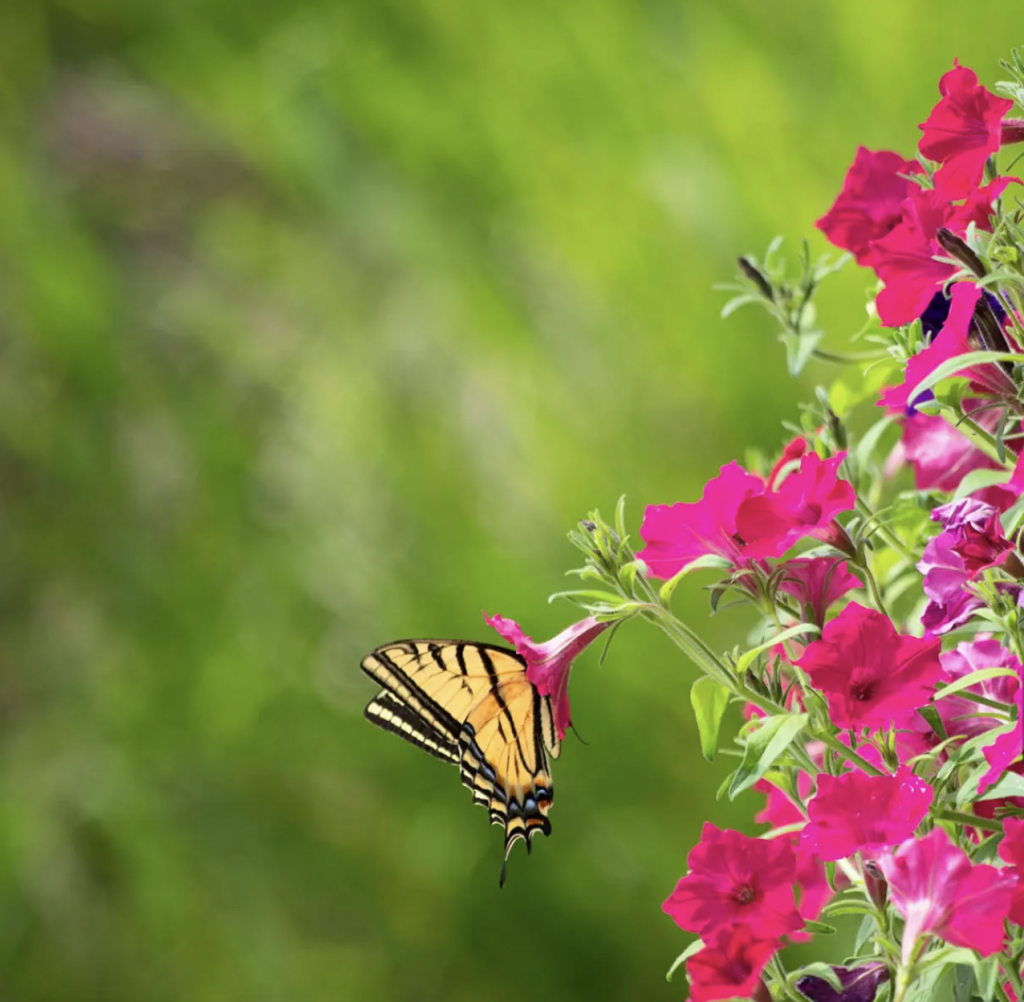
Download Your Free Petunia Companion Planting & Mood Color Chart
Includes color therapy ideas + healing herb companions
👉 Explore more blooming guides at Greenmuse.io – your daily dose of garden calm.
Grow with joy. Heal with color. Bloom with Greenmuse.

